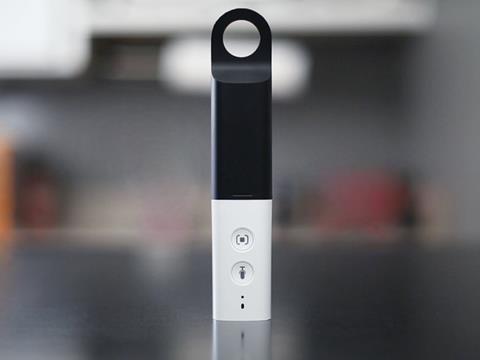‘Cart abandonment’ may put you in mind of an upturned trolley in a ditch, but it’s a serious problem online. Running an ecommerce site that is intuitive, stable, and doesn’t annoy your customers is an ever-growing challenge, particularly as devices proliferate from desktops to mobiles and tablets.
Recent research by the Baymard Institute, drawing on 27 global studies, suggests that 67.9% of desktop users abandon their ecommerce cart before checkout. ‘Extra cost’ was the number-one reason for not proceeding with purchase: 33% of those questioned said extra shipping, tax or fees were enough for them to bail. A further 23% quit because they were forced to create an account; 18% did not trust the site to handle credit card payments securely; another 18% said checkout was too complicated; and a further 7% had other issues with payment methods.
UK retailers are alive to these problems. Last week, Sainsbury’s completed the relaunch of its improved ecommerce platform, having rolled it out in stages since September. Users will now be able to find things more easily, according to Sainsbury’s digital and technology director Jon Rudoe, and there is a greater range of recipes to browse. But the biggest changes are perhaps “behind the screen”, with a particular emphasis on how the site will display on mobile and tablet devices: “The new platform will allow us to build new functionality in the future that will make the shopping experience better, faster and more efficient for our customers and allow us to grow our online grocery sales,” Rudoe says.
Smaller tech companies are pushing the envelope, toying with barcode-scanning apps that allow consumers to build their shopping lists by scanning products with their phones. PowaTag, for example, doesn’t even need the physical product in front of the mobile – shoppers can scan from billboards, shop windows and TV screens. “Online retailers actually face many of the same challenges as bricks and mortar, with growing pressure from customers who want greater levels of control and freedom of access for their purchase,” says PowaTag creator Dan Wagner.
Amazon, meanwhile, has gone even further, with the launch this week of Amazon Dash, a slightly comical wand-like scanner that is half Wi-Fi remote, half utensil handle. Dash scans products and relays the order request back to Amazon Fresh, the retailer’s grocery delivery service. Dash even comes with a microphone, so that shoppers can say their order out loud. A smartphone can do all of this, of course, though Amazon may be gambling that the Dash is more efficient and kitchen friendly.

The wand is currently only available to a handful of customers in the areas served by Amazon Fresh – Seattle, San Francisco and Southern California. But with the Fresh service rumoured to be heading to Europe, UK retailers will – as ever – want to keep an eye on what Amazon is doing. Magic wand or not, its moves in the grocery market will inform what Tesco, Sainsbury’s et al do next. And staying ahead of the technological curve could help prevent ‘cart abandonment’ from turning into complete abandonment.



















No comments yet